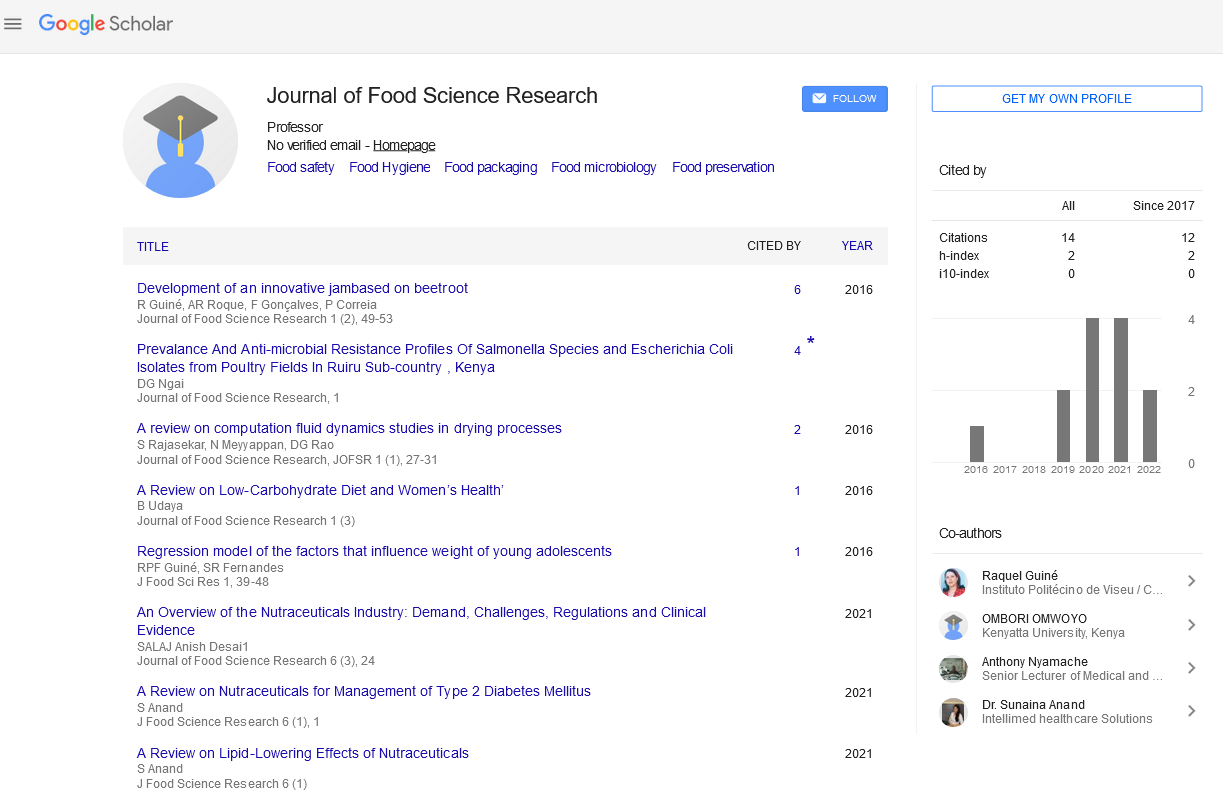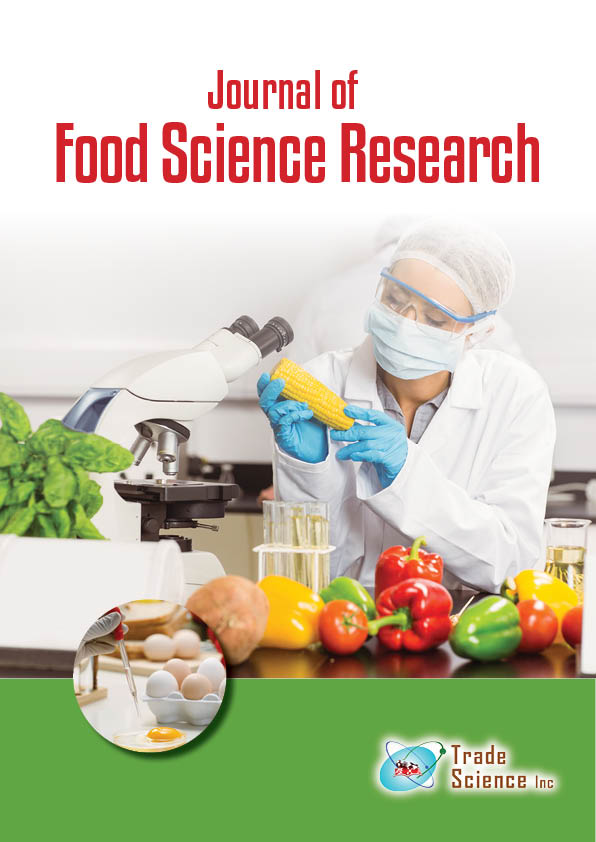Abstract
Harmonization of Standards for Food Safety: A case study on Chocolates
Author(s): Priyanka BharadwajHarmonization of standards is one of the most important tasks for the regulators across the world especially when it comes to processed foods. The global food trade of processed foods must adopt harmonized standards and comply with them. In recent times, almost every country has initiated process of adopting the harmonized codes (Food Code System) for processed foods. In India, FSSAI has also been up-to-date with global trends in food industry and key capability-building projects are kept in focus, as per the requirements arising out of it. Already, FSSAI has divided processed foods in various categories, as a part of process of harmonization. There are a total of 18 categories of processed foods categorized based on: a) origin of raw food, b) type of raw food, c) process of production used and d) type of processed food. Category 1 to 16 are for well-defined products. All other products which could not be so clearly covered into category 1-16 are listed together as category 17. Substances added to food which are not for direct consumption as food are categorized as the next category i.e., 18th category which is designated as category 99. The present paper, as a case study of Chocolates, deals with the comparison of standards being adopted by different countries. A comparative study on chocolates included the following: i) how regulatory authorities of different countries have defined and described chocolates, ii) specifications fixed for various parameters of quality standards and iii) regulations related to packaging and labels. A comparison has been done taking into account the regulations of the FSSAI, EU, USFDA, the Canadian Food Inspection Agency (CFIA) and Codex

